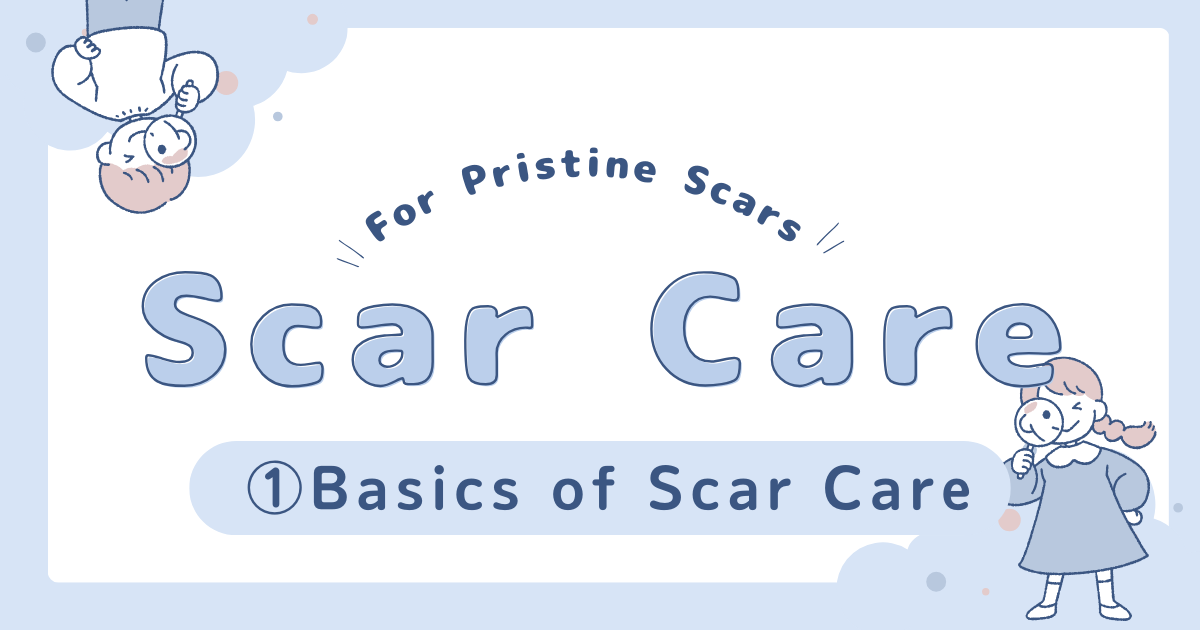Hello! I’m Mikan.
Once the postoperative pain subsides, the next concern often becomes the scar. It can be disheartening to think, “Am I going to have this scar for the rest of my life?” This feeling can certainly dampen your spirits.
Scars on the chest and abdomen, in particular, are prone to developing into keloids. In fact, it’s said that around 30–40% of patients who undergo surgery struggle with their scars. Keloids not only affect appearance but can also cause itching and pain, imposing a significant burden both physically and emotionally.
Types of Scars
During the healing process, ongoing inflammation can cause the skin to become raised—a condition known as a hypertrophic scar. When the raised scar tissue is accompanied by pain and itching, and the effects extend to the surrounding area, it is classified as a keloid.
Fortunately, I did not develop keloids or hypertrophic scars. However, if you do experience these issues, you might be able to receive treatment under insurance coverage through a plastic surgeon. It’s always a good idea to consult with a specialist.
The Mindset for Scar Care
One key point to remember in scar care is: the goal of treatment is to achieve a mature scar, not to restore the skin to its pre-injury state. This may sound obvious, but because scar care takes time and effort, it can be frustrating when improvements seem slow. It’s easy to compare your healing scar to your pre-injury skin, but that can lead to unnecessary anxiety.
Therefore, it is important to keep your treatment goals in focus and to continue your care patiently and persistently. With time and diligent care, you will gradually see results.
Scar Care in Loeys-Dietz Syndrome
So far, I’ve discussed general scar treatment. However, for individuals with connective tissue disorders like Loeys-Dietz Syndrome, there are some unique considerations. Due to genetic factors, those of us with these conditions may experience slower wound healing, although we might be less prone to developing keloids.
In my case, I did not develop keloids; rather, the challenge was that my scars took longer to heal. Nonetheless, by patiently monitoring the healing process, I gained reassurance as I saw gradual improvements.
In future posts, I plan to share photos of my postoperative scars and introduce the tapes and medications I use for scar care. I hope that my experiences will be of some help to you.
Remember, you’re not alone—let’s face this journey together!


